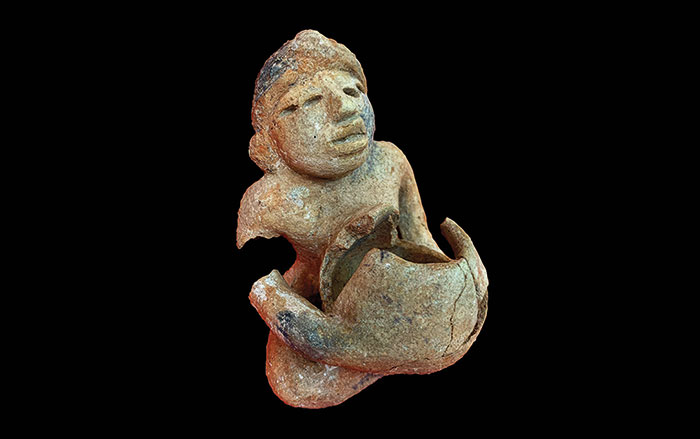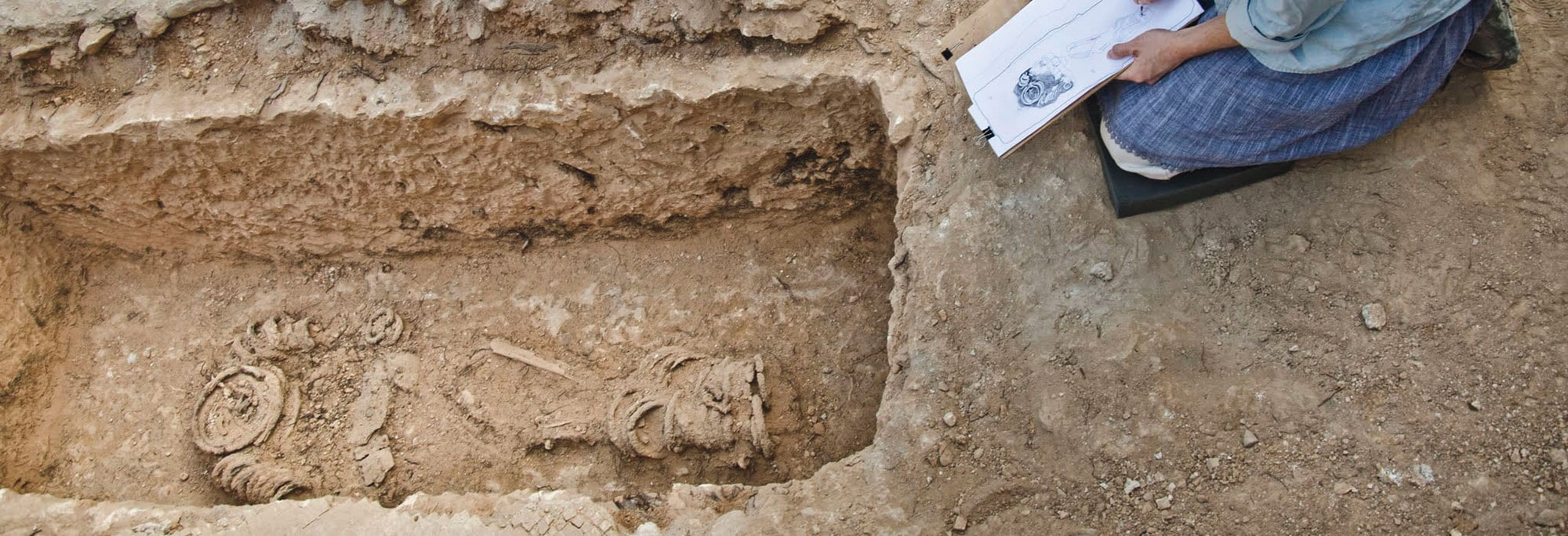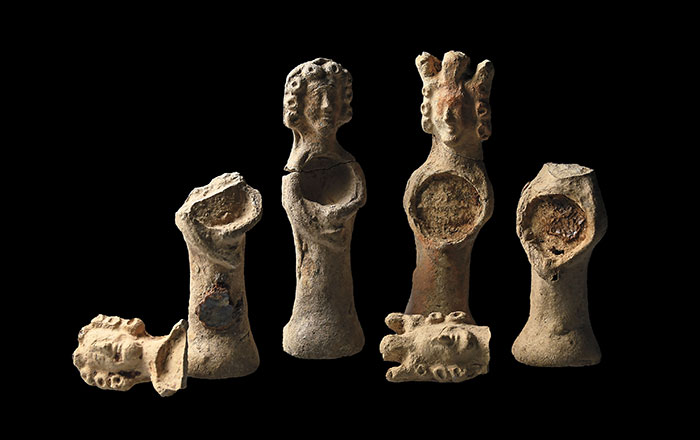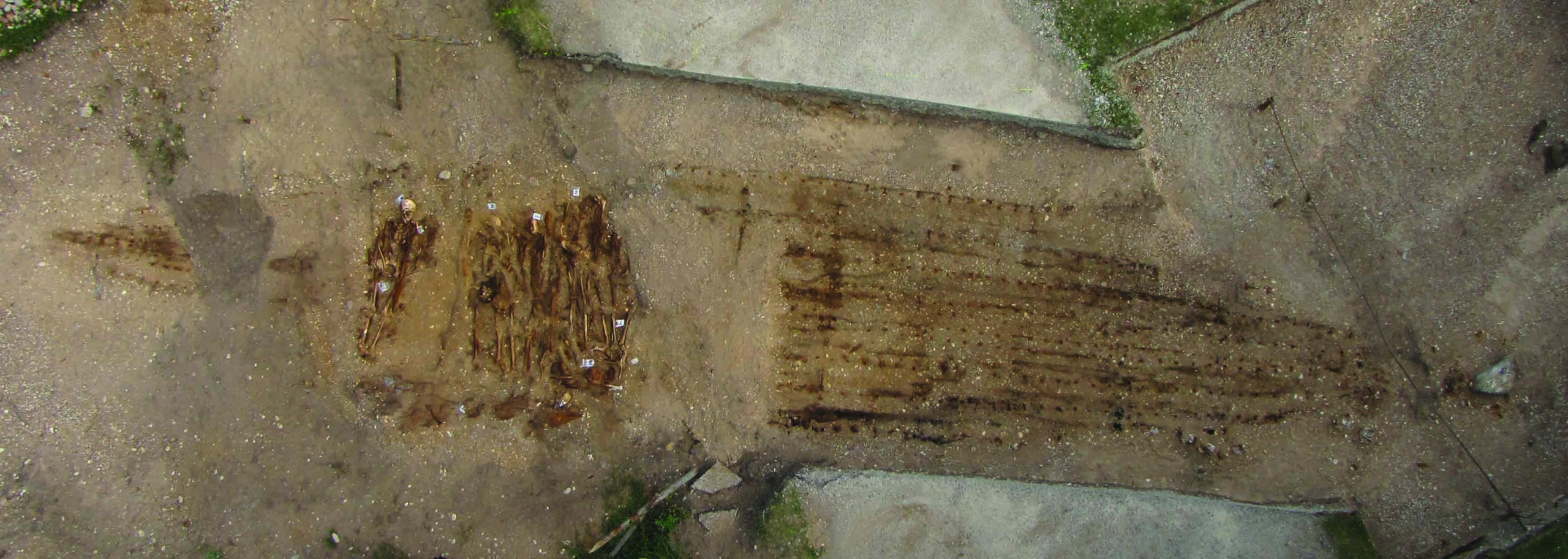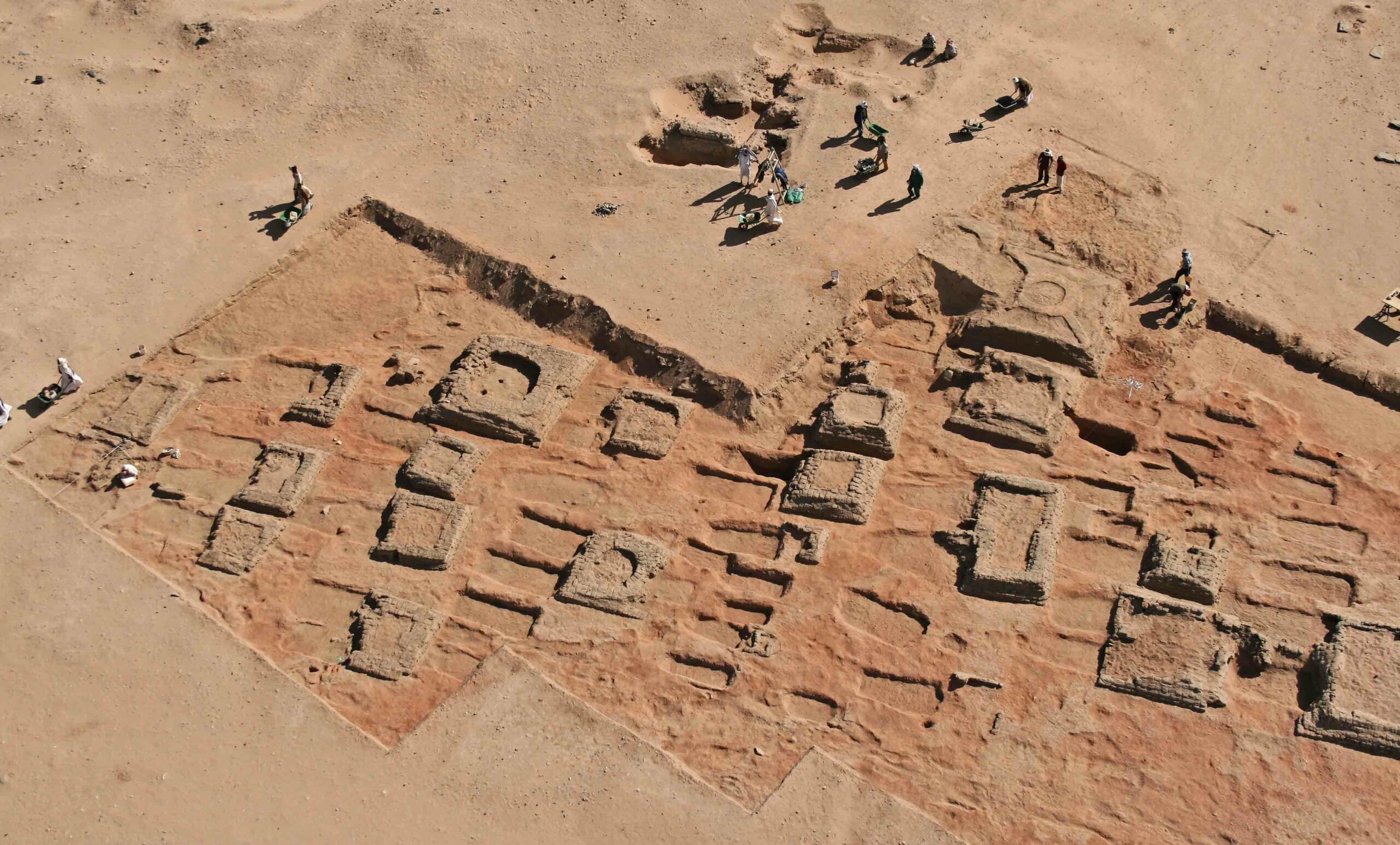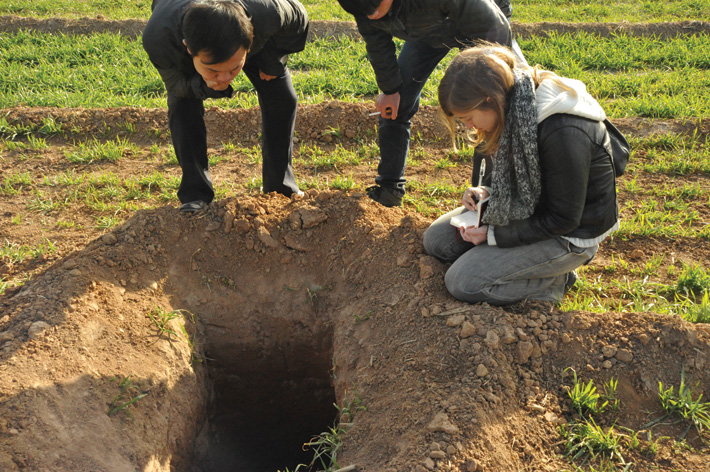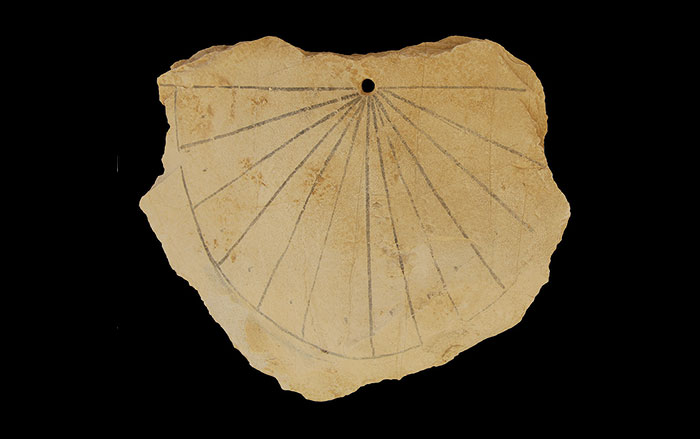
PRICE, UTAH—Twenty-five years ago, a well-preserved hairless Columbian mammoth was discovered in an airtight bog in the Manti La-Sal National Forest. Research continues on the 10,500-year-old bull, which is housed in the Utah State University Eastern Prehistoric Museum. “This was most likely one of the last of its kind,” said Tim Riley, curator of archaeology. This animal’s mitochondrial DNA shows that one of its great-grandmothers was a Woolly mammoth, and while there is no direct evidence to suggest that this Columbian mammoth was killed by hunters, Paleoindian archery points have been found about a half-mile away from the place where it was discovered. “While that doesn’t sound like much, that is an incredible Paleoindian site density. It shows that this area was very important near the end of the Pleistocene and the beginning of the Holocene,” Riley added.


